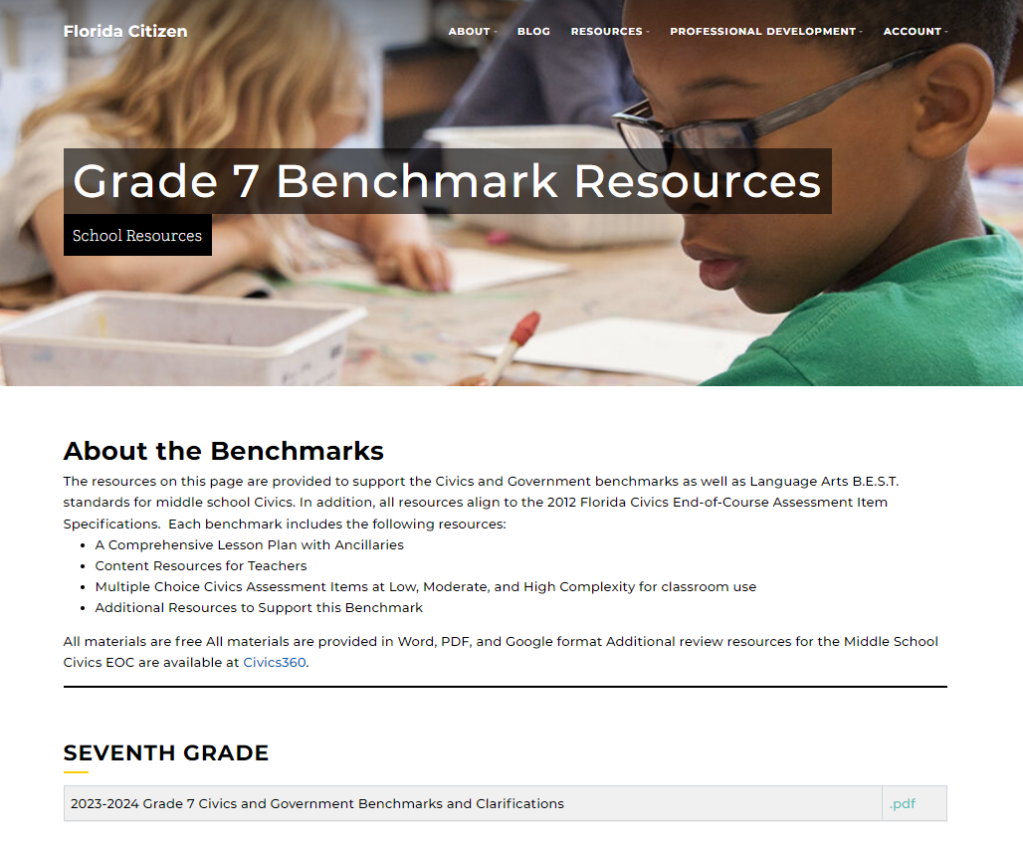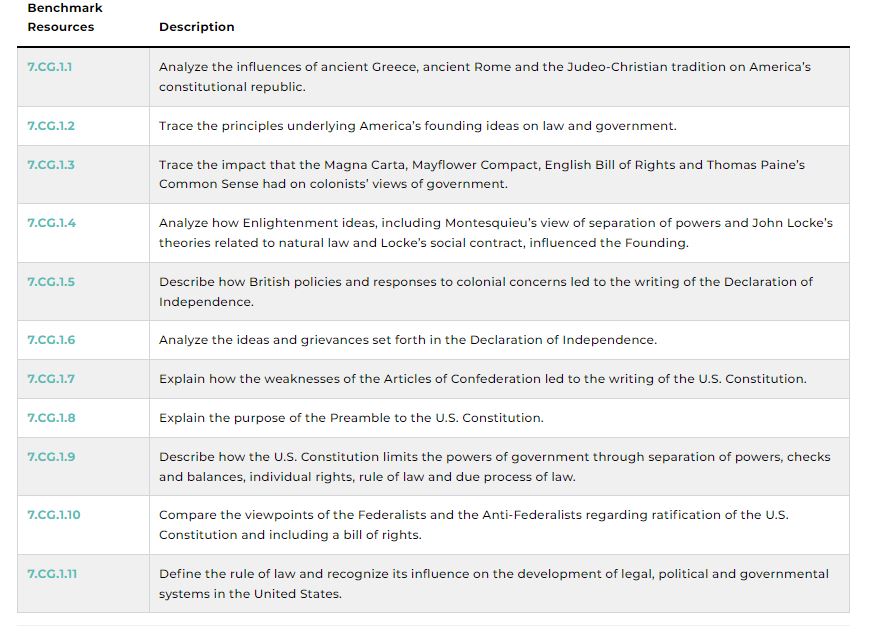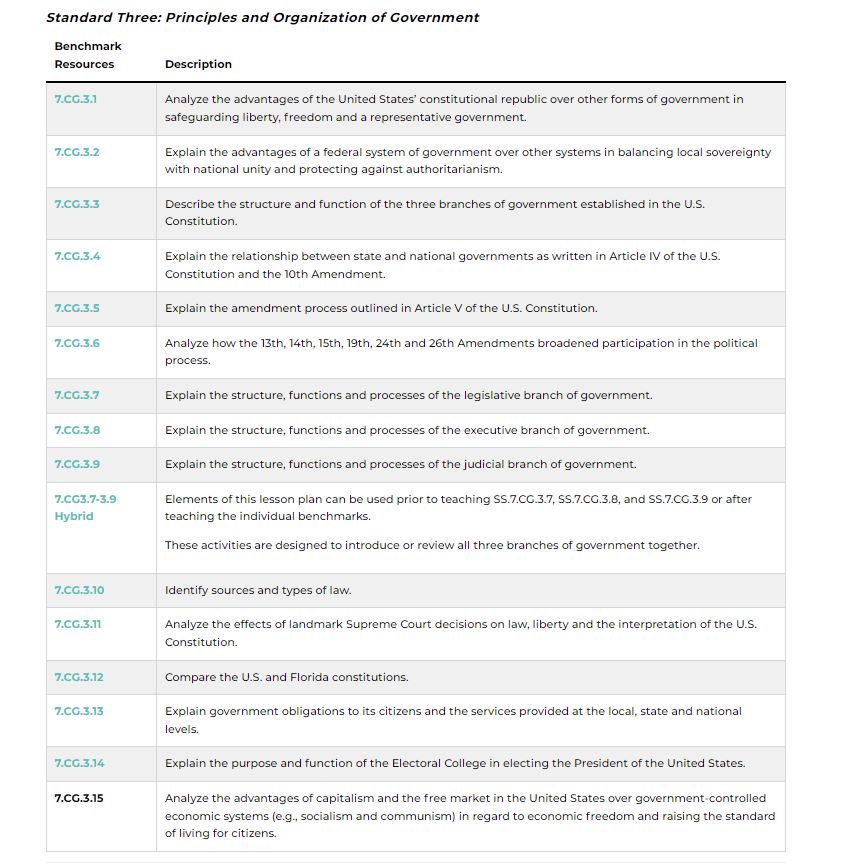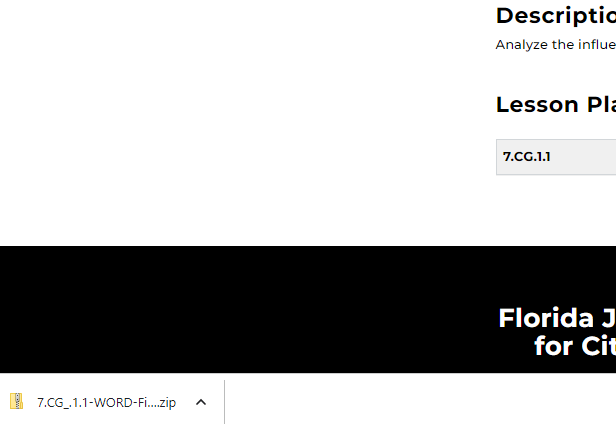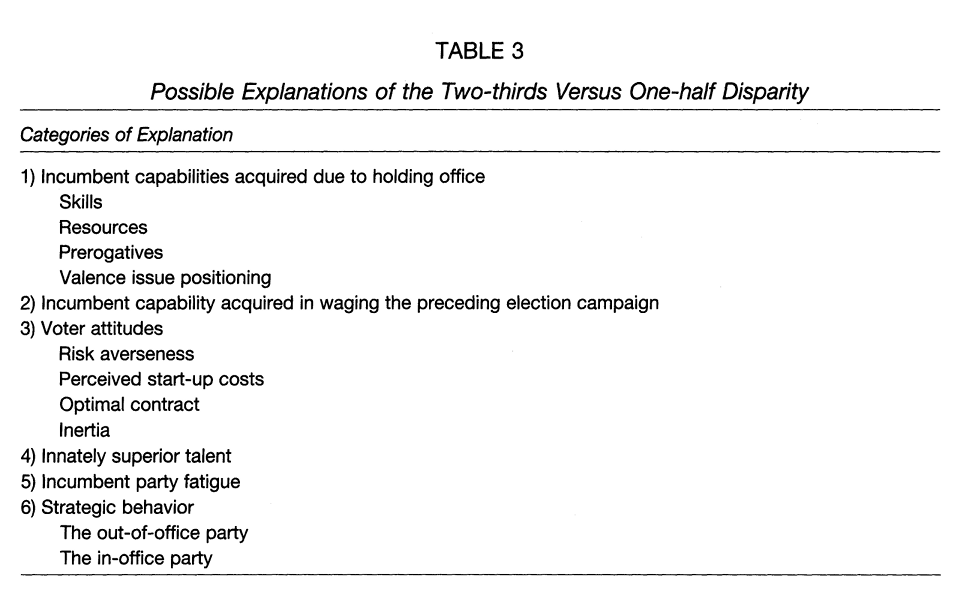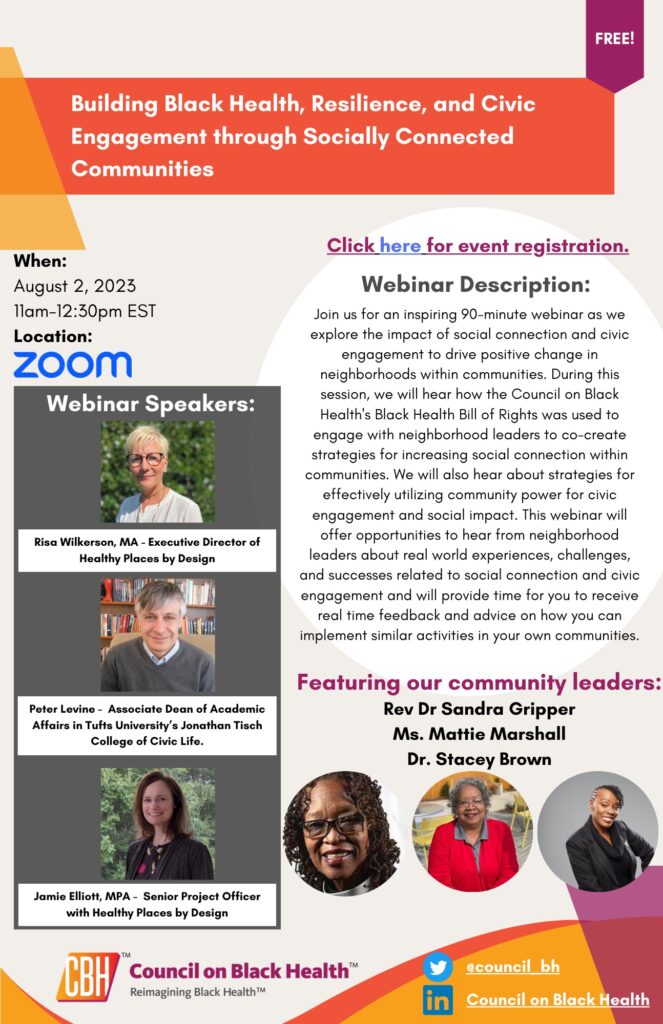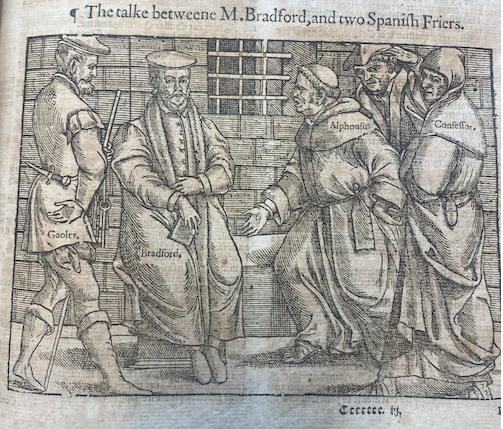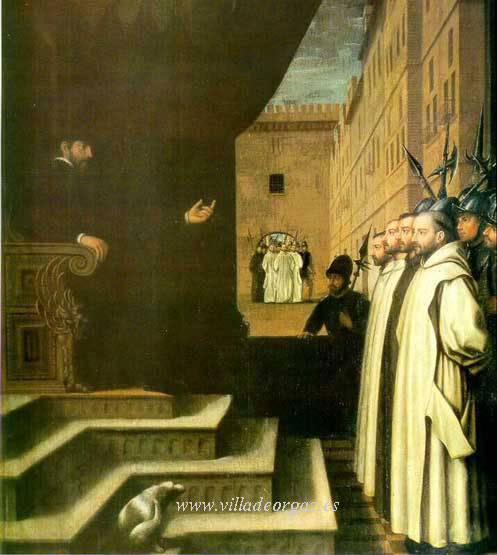The dialogue known as Plato’s Alcibiades I is now widely believed to have been written after Plato’s death, hence by someone else (Smith 2003). Perhaps that is why no one has ever told me to read it. But it is an indisputably ancient text, and it’s a valuable work of philosophy.
In several places, Michel Foucault discusses Alcibiades I as the earliest text that offers an explicit theory of what he calls “spirituality” (Foucault 1988, 23-28; Foucault 1981, 15-16). For Foucault, spirituality is the idea that reforming one’s soul is a necessary precondition for grasping truth. One way to summarize Alcibiades I might be with this thesis: You are not qualified to participate in politics until you have purified your soul enough that you can know what is just. That is an anti-democratic claim, although one that’s worth pondering.
At the beginning of the dialogue, we learn that Alcibiades will soon give a speech in the Athenian assembly about a matter of public policy. He is talented, rich, well-connected, and beautiful, and his fellow citizens are liable to do what he recommends. Athens is a rising power with influence over Greeks and non-Greeks in Europe and Asia; Alcibiades aspires to exercise his personal authority at a scale comparable to the Persian emperors Cyrus and Xerxes (105d). However, Alcibiades’ many lovers have deserted him, perhaps because he has behaved in a rather domineering fashion (104c). Only his first lover, Socrates, still cares for him and has sought him out—even as Alcibiades was looking for Socrates.
Alcibiades admits that you should not expect a person who is handsome and rich to give the best advice about technical matters, such as wrestling or writing; you should seek an expert (107a). Alcibiades plans to give a speech on public affairs because it is “something he knows better than [the other citizens] do.” (106d). In other words, he claims to be an expert about politics, not just a celebrity.
Socrates’ main task is to dissuade Alcibiades from giving that speech by demonstrating that he actually lacks knowledge of justice. Alcibiades even fails to know that he doesn’t know what justice is, and that is the most contemptible form of ignorance (118b).
Part of Socrates’ proof consists of questions designed to reveal that Alcibiades lacks clear and consistent definitions of words like “virtue” and “good.” The younger man has no coherent theory of justice. This is typical of Socrates’ method in the early dialogues.
A more interesting passage begins when Socrates asks Alcibiades where he has learned about right and wrong. Alcibiades says he learned it from “the many”–the whole community–much as he learned to speak Greek (110e, 111a). Socrates demonstrates that it is fine to learn a language from the many, because they agree about the correct usages, they retain the same ideas over time, and they agree from city to city (111b). Not so for justice, which is the main topic of controversy among citizens and among cities and which even elicits contradictory responses from the same individuals. The fact that the Assembly is a place of disagreement shows that citizens lack knowledge of justice.
In the last part of the dialogue, Socrates urges Alcibiades to turn away from public affairs and rhetoric and instead make a study of himself. That is because a good city is led by the good, and the good are people who have the skill of knowing themselves, so that they can improve themselves. For Foucault, this is the beginning of the long tradition that holds that in order to have knowledge–in this case, knowledge of justice–one must first improve one’s soul.
Socrates verges into metaphysics, offering an argument that the self is not the observable body but rather the soul, which ought to be Alcibiades’ only concern. This is also why Socrates is Alcibiades’ only true lover, for only Socrates has loved Alcibiades’ soul, when others were after a mere form of property, his body.
The dialogue between the two men has been a conversation between two souls (130d), not a sexual encounter or a public speech, which is an effort to bend others’ wills to one’s own ends. Indeed, Socrates maintains from the beginning of the dialogue that he will make no long speeches to Alcibiades (106b), but will rather permit Alcibiades to reveal himself in response to questions. Their dialogue is a meant, I think, as a model of a loving relationship.
Just to state a very different view: I think there is rarely one certain answer to a political question, nor is there a decisive form of expertise about justice. However, good judgment (phronesis) is possible and is much better than bad judgment. Having a clear and structured theory of justice might be helpful for making good judgments, but it is often overrated. Fanatics also have clear theories. What you need is a wise assessment of the particular situation. For that purpose, it is often essential to hear several real people’s divergent perspectives on the same circumstances, because each individual is inevitably biased.
Socrates and Alcibiades say that friendship is agreement (126c) and the Assembly evidently lacks wisdom because it manifests disagreement. I say, in contrast, that disagreement is good because it addresses the inevitable limitations of any individual.
Fellow citizens may display civic friendship by disagreeing with each other in a constructive way. Friendship among fellow citizens is not exclusive or quasi-erotic, like the explicitly non-political relationship between Alcibiades and Socrates, but it is worthy. We need democracy because of the value of disagreement. If everyone agreed, democracy would be unnecessary. (Compare Aristotle’s Nic. Eth. 1155a3, 20.)
Despite my basic orientation against the thesis of Alcibiades I, I think its author makes two points that require attention. One is that citizens are prone to be influenced by celebrities–people, like Alcibiades, who are rich and well-connected and attractive. The other is that individuals need to work on their own characters in order to be the best possible participants in public life. But neither point should lead us to reject the value of discussing public matters with other people.
References: Smith, Nicholas D. “Did Plato Write the Alcibiades I?.” Apeiron 37.2 (2004): 93-108; Foucault, “Technologies of the Self: A Seminar with Michel Foucault,” edited by Luther H. Martin, Huck Gutman and Patrick H. Hutton (Tavistock Press, 1988); Foucault, The Hermeneutics of the Subject, Lectures at the College de France 1981-2, translated by Graham Burchell (Palgrave, 2005). I read the dialogue in the translation by David Horan, © 2021, version dated Jan 1 2023, but I translated the quoted phrases from the Greek edition of John Burnet (1903) via Project Perseus. See also friendship and politics; the recurrent turn inward; Foucault’s spiritual exercises



